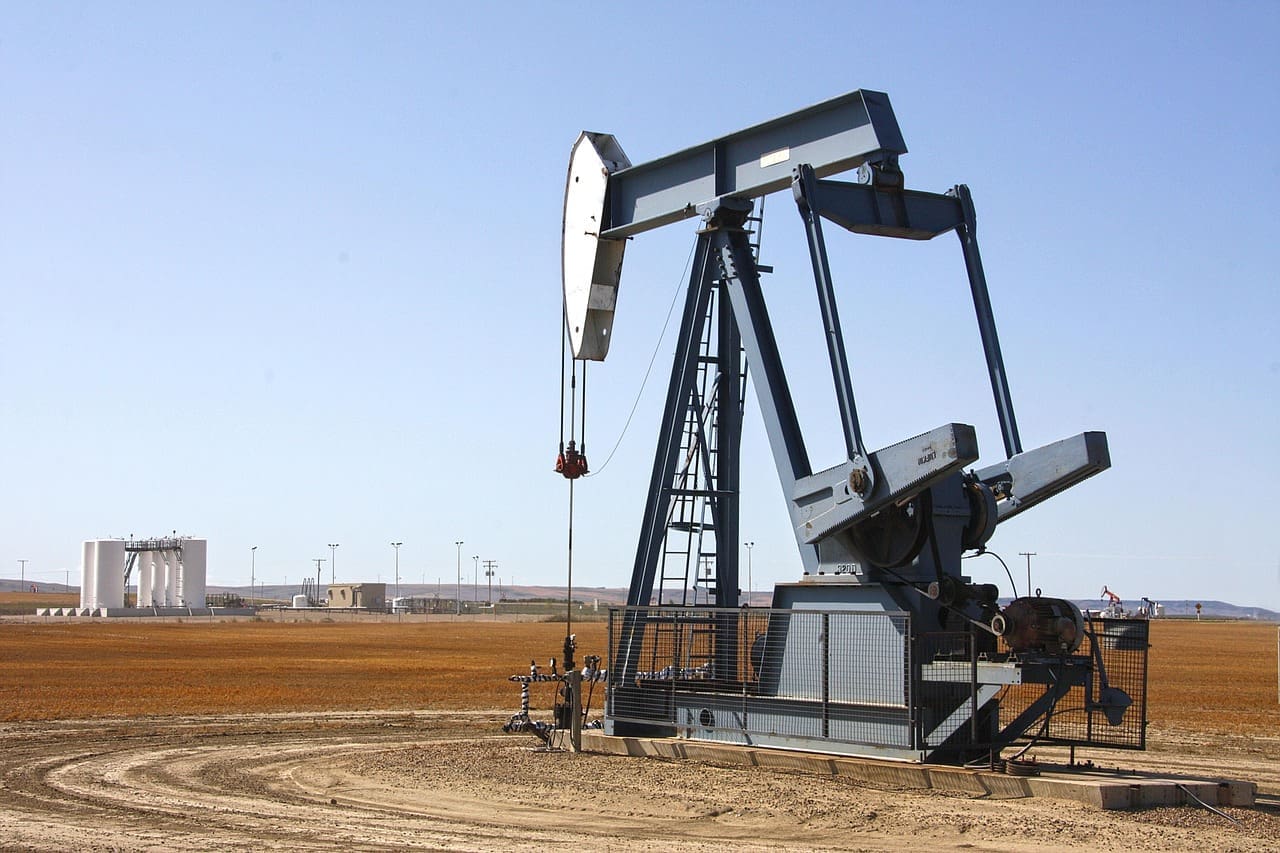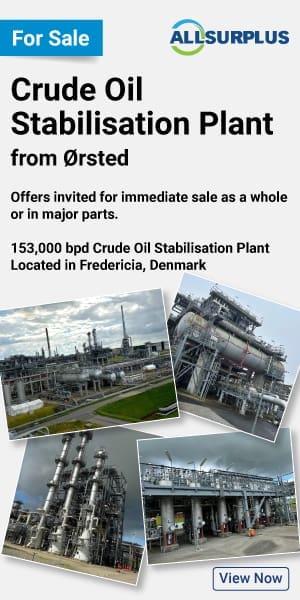The U.S. oil industry has undergone significant transformations over the years, establishing itself as a global leader in crude oil production. This article delves into the historical trends, technological advancements, and economic factors that have shaped the U.S. oil landscape, providing a comprehensive overview of oil production by year.
Historical Overview of U.S. Oil Production
The journey of U.S. oil production can be traced back to the mid-19th century, but it wasn’t until the 20th century that the industry began to flourish. The peak production years, marked by significant technological advancements and economic factors, have led to the U.S. becoming the largest oil producer in the world.
Early Beginnings (1859-1900)
- First Oil Well: The first commercial oil well was drilled in Pennsylvania in 1859, marking the birth of the U.S. oil industry.
- Initial Growth: By the late 1800s, oil production began to increase as the demand for kerosene and later gasoline surged.
The Boom of the 20th Century (1900-1970)
- Post-War Expansion: The U.S. experienced a boom in oil production following World War II, fueled by growing automobile usage and industrial expansion.
- Peak Production: In 1970, the U.S. reached its highest production level at approximately 9.6 million barrels per day (b/d).
Decline and Recovery (1970-2008)
- Production Decline: After reaching peak production in 1970, U.S. oil output began a long decline, reaching a low of around 5.0 million b/d in 2008.
- Economic Factors: This decline was influenced by various economic factors, including the oil crises of the 1970s and increased competition from foreign oil producers.
The Shale Oil Revolution (2009-2019)
The introduction of hydraulic fracturing and horizontal drilling techniques in the late 2000s marked a significant turning point for U.S. oil production. This period is often referred to as the shale oil revolution.
Technological Advancements
- Hydraulic Fracturing: This method allowed producers to access previously unreachable oil reserves, particularly in shale formations like the Permian Basin.
- Horizontal Drilling: This technique increased well productivity, enabling producers to extract more oil efficiently.
Production Growth
- Resurgence: From 2009 onwards, U.S. oil production began to rise steadily, reversing the decades-long decline.
- Record Production: By 2019, U.S. oil production reached an all-time high of 12.3 million b/d, surpassing previous records.
Recent Trends in U.S. Oil Production (2020-Present)
The COVID-19 pandemic presented challenges for the oil industry, but U.S. production rebounded quickly, showcasing the resilience of the sector.
Impact of the Pandemic (2020-2021)
- Production Cuts: In response to decreased demand during the pandemic, many producers implemented cuts, leading to a temporary decline in output.
- Market Recovery: As economies reopened, demand for oil surged, prompting a rapid recovery in production levels.
Record-Breaking Production (2022-2023)
- New Heights: In 2023, U.S. oil production averaged 12.9 million b/d, breaking the previous record set in 2019.
- Monthly Records: December 2023 saw an unprecedented monthly high of over 13.3 million b/d.
Key Factors Driving U.S. Oil Production
Several factors have contributed to the remarkable growth of U.S. oil production in recent years, solidifying its position as a leading oil producer.
Technological Innovations
- Enhanced Extraction Techniques: Continuous improvements in extraction methods have allowed for greater efficiency and lower costs in oil production.
- Data Analytics: The use of data analytics has optimized drilling operations, reducing inefficiencies and increasing output.
Economic Drivers
- Global Demand: The recovery of global economies post-pandemic has driven up demand for oil, enabling U.S. producers to capitalize on favorable market conditions.
- Rising Prices: Higher oil prices have incentivized producers to ramp up operations and invest in new projects.
The Role of Infrastructure in Oil Production
Robust infrastructure is critical for supporting increased oil production levels and meeting both domestic and international demand.
Pipeline Expansion
- Transportation Efficiency: The expansion of pipelines has facilitated the movement of crude oil from production sites to refineries and export terminals.
- Market Access: Improved transportation infrastructure has enhanced access to markets, allowing U.S. producers to export more oil globally.
Refinery Capacity
- Processing Capacity: Investments in refinery capacity have enabled the processing of larger volumes of crude oil, ensuring that producers can meet rising demand.
- Export Growth: The U.S. has emerged as a significant crude oil exporter, thanks to enhanced refining capabilities.
The Future of U.S. Oil Production
As the U.S. continues to lead in oil production, several trends and challenges will shape the future of the industry.
Sustainability Initiatives
- Environmental Concerns: Growing awareness of environmental issues has prompted the industry to adopt more sustainable practices.
- Renewable Integration: The integration of renewable energy sources into the energy mix is becoming increasingly important for long-term sustainability.
Geopolitical Factors
- Global Competition: The U.S. faces competition from other oil-producing nations, particularly in the context of OPEC+ production cuts.
- Regulatory Changes: Policy changes at the federal and state levels may impact production strategies and investment decisions.
Conclusion
The evolution of U.S. oil production reflects a dynamic interplay of technological advancements, economic factors, and regulatory influences. As the industry continues to adapt to changing market conditions and sustainability challenges, the U.S. is poised to maintain its status as a global leader in oil production.
With ongoing innovations and a robust infrastructure, the future of U.S. oil production appears promising, making it an attractive prospect for oil and gas investors looking to capitalize on growth opportunities in this vital sector.
This article serves as a comprehensive overview of U.S. oil production, highlighting key trends and developments over the years. Through continued innovation and strategic investments, the U.S. oil industry is well-positioned for future growth and resilience in an ever-evolving energy landscape.





